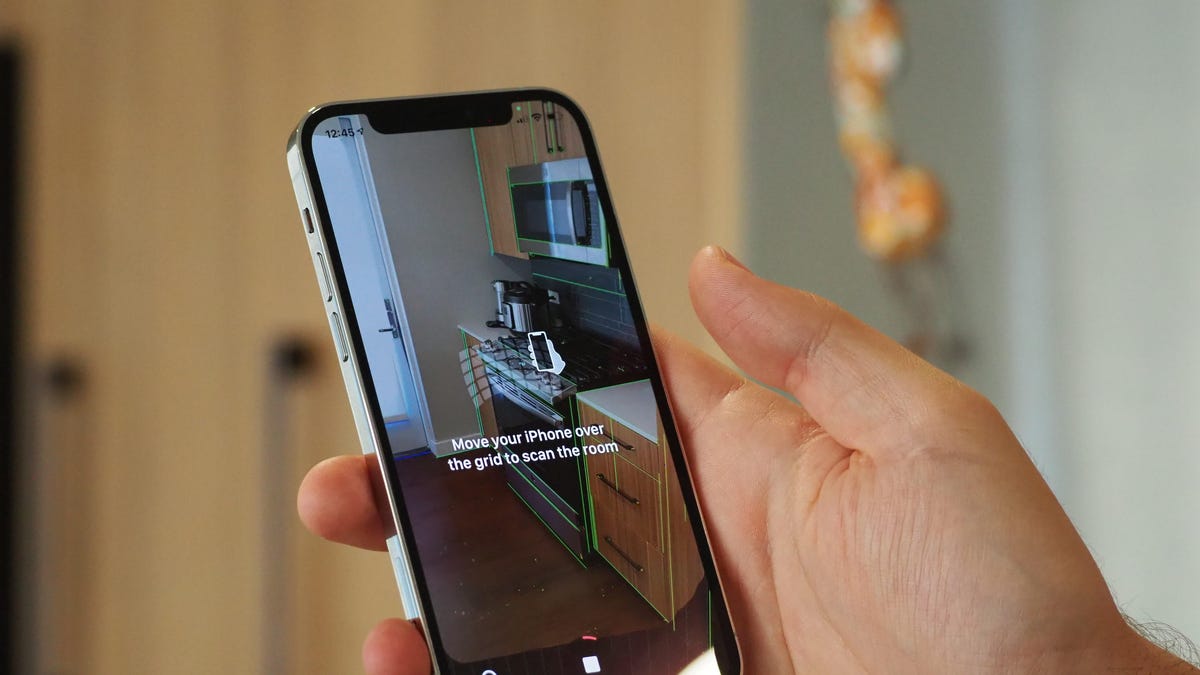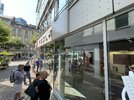That's not surprising at all.
You HAVE to do simulation for multiple reasons, no matter how much real world data you have.
Three examples:
1) Incredibly rare situations. The couple and dog jogging on the highway example they showed. Or the Elk crossing the road. You're simply not going to gather a significant amount of real life examples even with millions of cars in the fleet.
2) Counter-factual testing. You have a real world case where three different parties (one of them being the Tesla) did A, B, and C respectively and you know what happened. But what would the system do if they'd done A, X, and Y instead? Or done A, Q, and R? Or A, B, and W? With simulation you can start 100 runs from the same, real-world, start making slight changes each run and see what happens.
3) Accidents. You will get SOME accident data from the fleet of course... but as the rate of accidents of Teslas is pretty low in general, you won't get a ton of it... and you can stack this with item 2... For example "Ok, the car fails to avoid this real world accident in these specific road, traffic, and weather conditions... what if we run the same situation but in clear visibility? What if we run it with the car going 10 mph slower? What if we run it at a different time of day for lighting difference? etc...
Those are SOFTWARE problems- not hardware. And have improved
a lot since the original iPad implementation.
House-scanning app Canvas works with lidar on the iPhone 12 Pro, but also scans without it. The difference is accuracy.

www.cnet.com
This specifically mentions iOS 14 on the new phones has much better results than the original ipad release.
Nope. See again the link.--
5x margin of error with the image based solution vs the LIDAR one.
Specifically it mentions the old iPad version you appear to have experience with only had 574 depth points per frame available.... but the new iOS 14 features allow for depth maps with up to 49,152 depth points.... over an 85x increase.
Again I'm not saying they're going to use it- I'm saying that there's a lot of reasons it makes no sense to use it on the car, but several where it might make sense to use it for a humaniform robot you want to take precise human actions, especially since you'd need far fewer sensors, and a much cheaper one at that.

www.cnet.com



